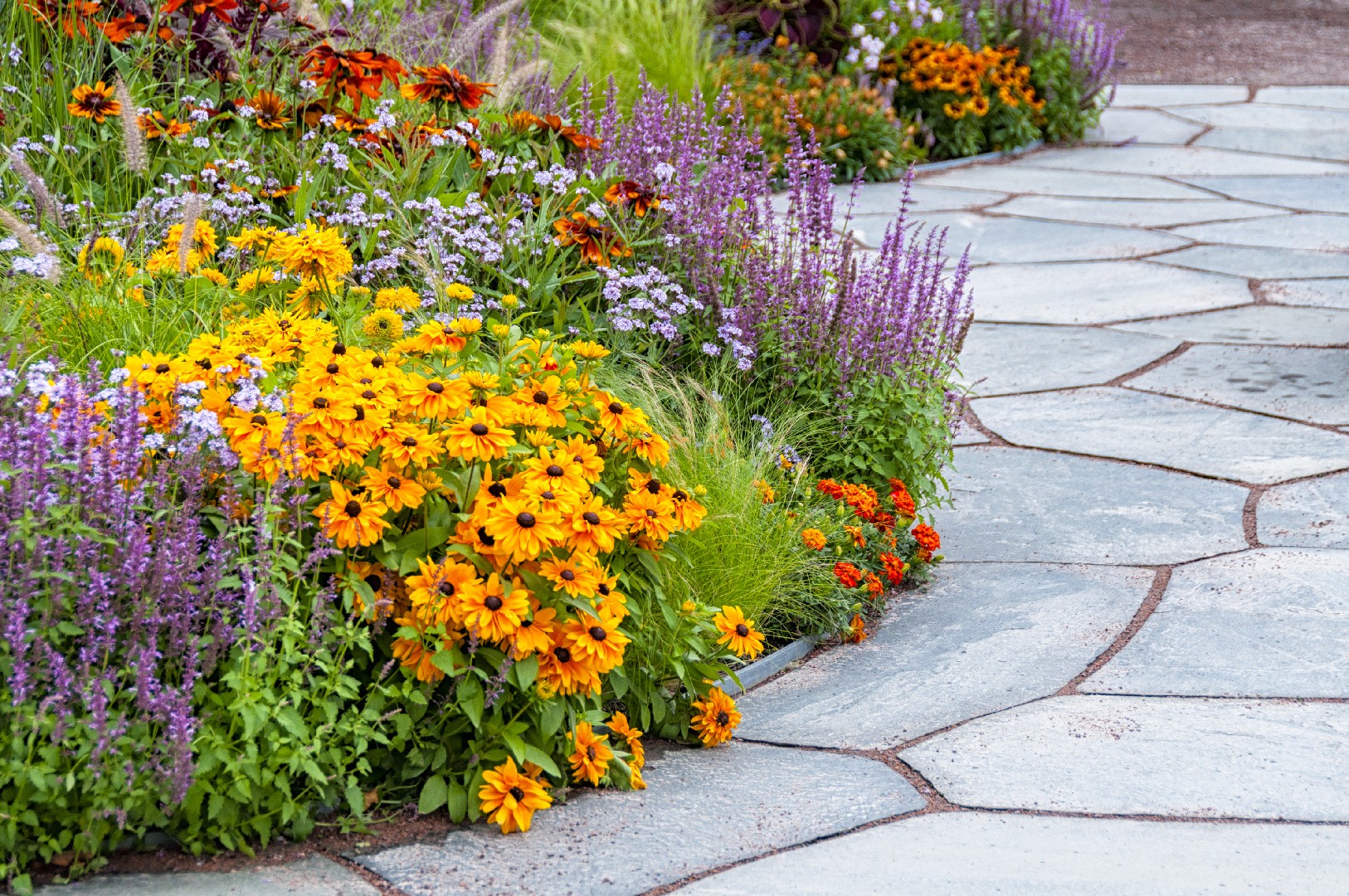![Rectangle]()
The Basics of Proportion in Landscape Design
Proportion is one of the fundamental principles in landscape design. It refers to the size, scale, and relationship of various elements within a landscape. Understanding and applying proportion can greatly enhance the aesthetic appeal and functionality of your garden. In this section, we will explore the basics of proportion in landscape design and provide practical tips for maintaining proportionality in your own garden.
Proportion plays a crucial role in creating a harmonious and balanced landscape. It ensures that all elements, such as plants, hardscapes, and structures, are properly sized and placed to create a visually pleasing composition. When the proportions are off, the landscape can appear disjointed and unappealing. On the other hand, when the proportions are well-balanced, the landscape feels cohesive and inviting.
To achieve proportionality in your garden, it's important to consider both the overall scale and the relationships between individual elements. The size of your garden and the surrounding environment should guide your decisions. For example, if you have a small urban garden, it would be best to choose smaller plants and hardscape features to maintain a sense of balance. On the other hand, if you have a large rural property, you can incorporate larger plants and structures to create a grander scale.
In addition to size, shape also plays a role in creating proportionality. Consider the shape of your garden and the shapes of the elements you plan to include. For instance, if you have a rectangular garden, you may want to incorporate curvilinear paths or plant beds to soften the edges and add visual interest. Mixing different shapes can create a dynamic and visually appealing landscape.
Another important aspect of proportion in landscape design is the relationship between open spaces and built structures. Balance is key here - you'll want to create a harmonious blend of greenspace and built elements. One approach is to use the rule of thirds. Divide your garden into three equal parts and aim to have one-third of the space dedicated to greenspace, such as lawn or plant beds, and two-thirds allocated for built structures, such as patios or pavilions. This creates a well-balanced composition that combines the beauty of nature with functional outdoor living spaces.
To maintain proportionality in your garden, regular maintenance and adjustments are necessary. As plants grow, they may outgrow their designated space, throwing off the balance. It's important to prune and thin out plants as needed to ensure they stay in proportion with the rest of the landscape. Similarly, structures may require occasional repairs or modifications to maintain their intended scale.
In conclusion, mastering proportion in landscape design is essential for creating a visually appealing and functional garden. By understanding the basics of proportion and applying practical tips, you can achieve garden nirvana. Remember to consider size, shape, and the relationship between open spaces and built structures. Regular maintenance and adjustments will help you maintain proportionality over time. So go ahead, put these principles into practice and enjoy the benefits of a well-proportioned garden.





